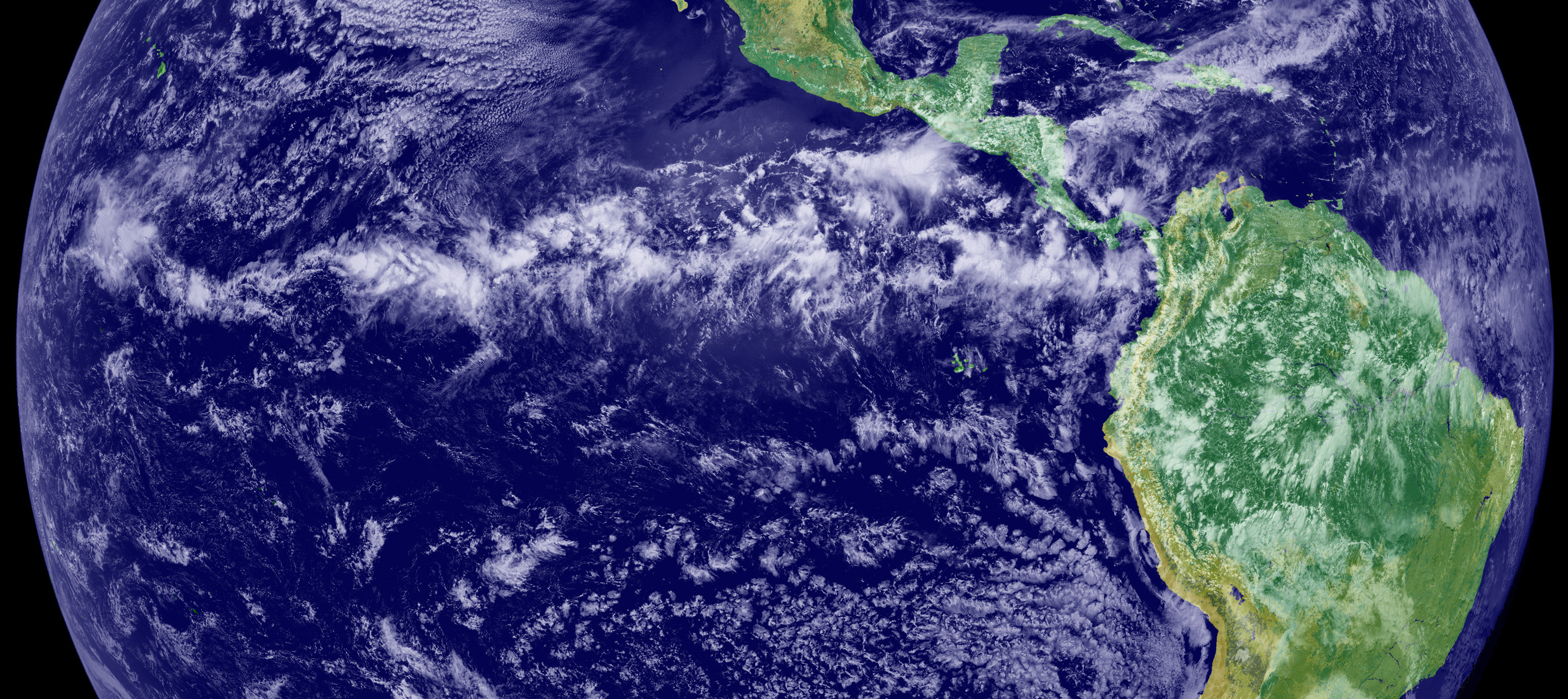
Dr. Anita Rapp, associate professor in the Department of Atmospheric Sciences at Texas A&M University, is part of a science team that has been selected for a new $37 million National Aeronautics and Space Administration (NASA) mission named “Polarized Submillimeter Ice-cloud Radiometer (PolSIR).”
According to NASA’s May 22 announcement, PolSIR will study the ice content of clouds in the tropics and subtropics, with the hope of understanding how these high-altitude ice clouds change throughout the day and ultimately improving climate model predictions. The PolSIR is an Earth Venture instrument, which are lower-cost instruments with a targeted research goal. The instruments secure transportation with another mission or commercial satellite in order to minimize launch costs to outer space.
“PolSIR will provide novel observations of the daily variations in ice clouds in some of the stormiest regions of the globe,” Rapp said. “As a member of the PolSIR science team, Texas A&M Arts and Sciences students and researchers working in my group will get to participate in a NASA satellite mission from inception to launch to data collection and analysis. As an undergraduate at Texas A&M (class of 2000), I had the opportunity to work with a professor on a new satellite mission, and this ultimately shaped my entire career.”
The mission will be led by Dr. Ralf Bennartz from Vanderbilt University. Rapp and her team at Texas A&M will work with Bennartz and science team members from five other universities and two NASA centers on science analysis related to the mission’s objectives. Rapp’s group will serve an integral role in helping to develop PolSIR ice cloud climatology products and analyzing the PolSIR measurements to understand the relation between the environment, ice cloud properties and how they evolve with storms that occur in the region of the tropics known as the Intertropical Convergence Zone (ITCZ).

Ice clouds primarily form at high altitudes, where temperatures are below freezing. These clouds typically consist of tiny ice crystals that nucleate around particles such as dust, soot or other ice nuclei. Changes in the properties and behavior of ice clouds can have significant impacts on Earth's energy balance and climate. Data from the PolSIR mission will provide crucial information about how to accurately simulate these high-altitude clouds in global climate models. Understanding how ice clouds respond to a changing climate remains one of the great challenges to predicting what the atmosphere will do in the future.
“Studying ice clouds is crucial for improving climate forecasts – and this will be the first time we can study ice clouds in this level of detail,” said Nicola Fox, associate administrator for the Science Mission Directorate at NASA Headquarters in Washington, D.C. “Every NASA mission is carefully chosen to better understand our home planet.”
The Earth Venture program that selected PolSIR is part of NASA's Earth Science Division and aims to provide innovative approaches for studying Earth's environment, climate and natural resources. It fosters collaboration between NASA scientists, engineers and external research teams to tackle pressing scientific challenges and advancing knowledge of Earth.

